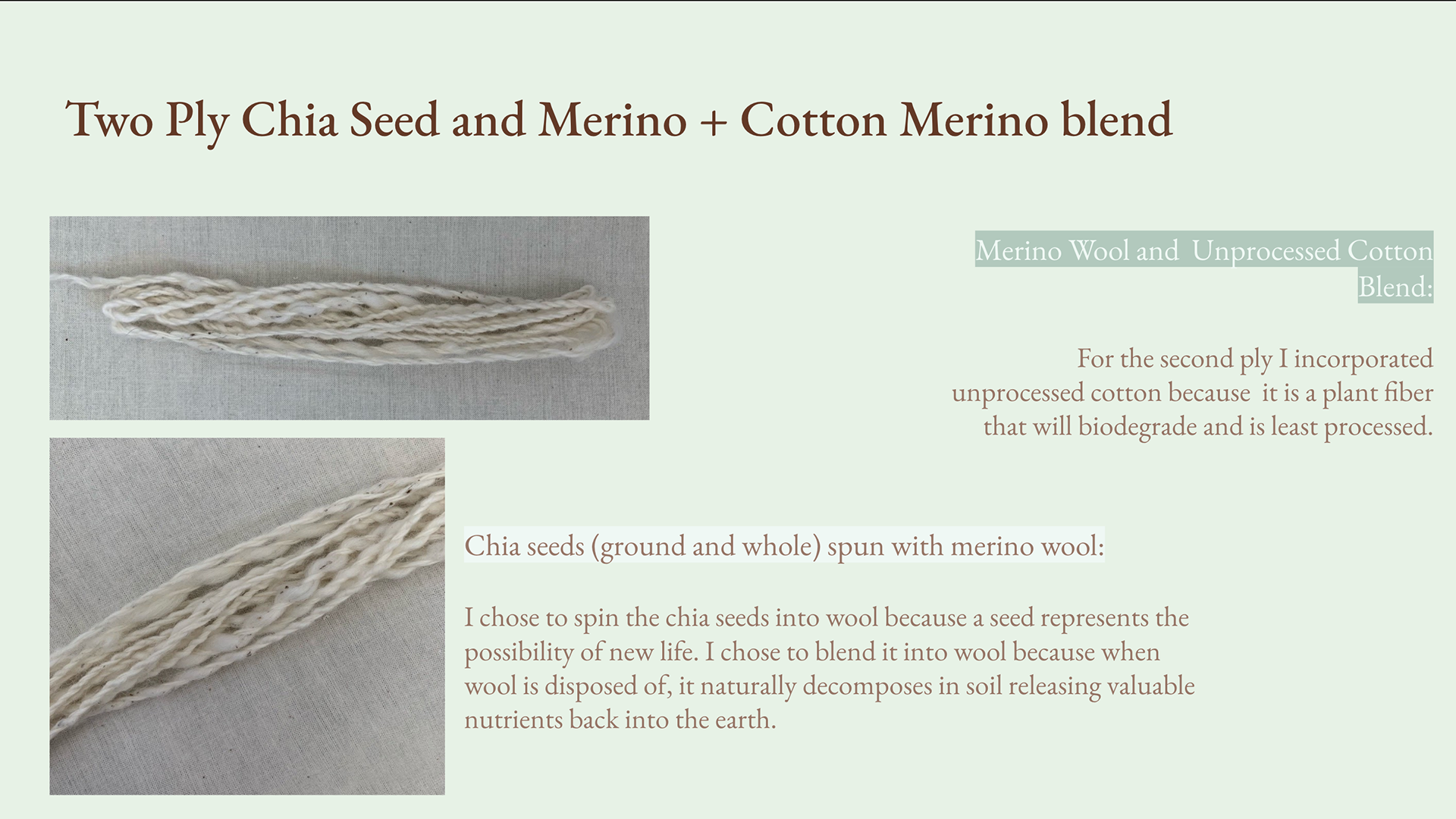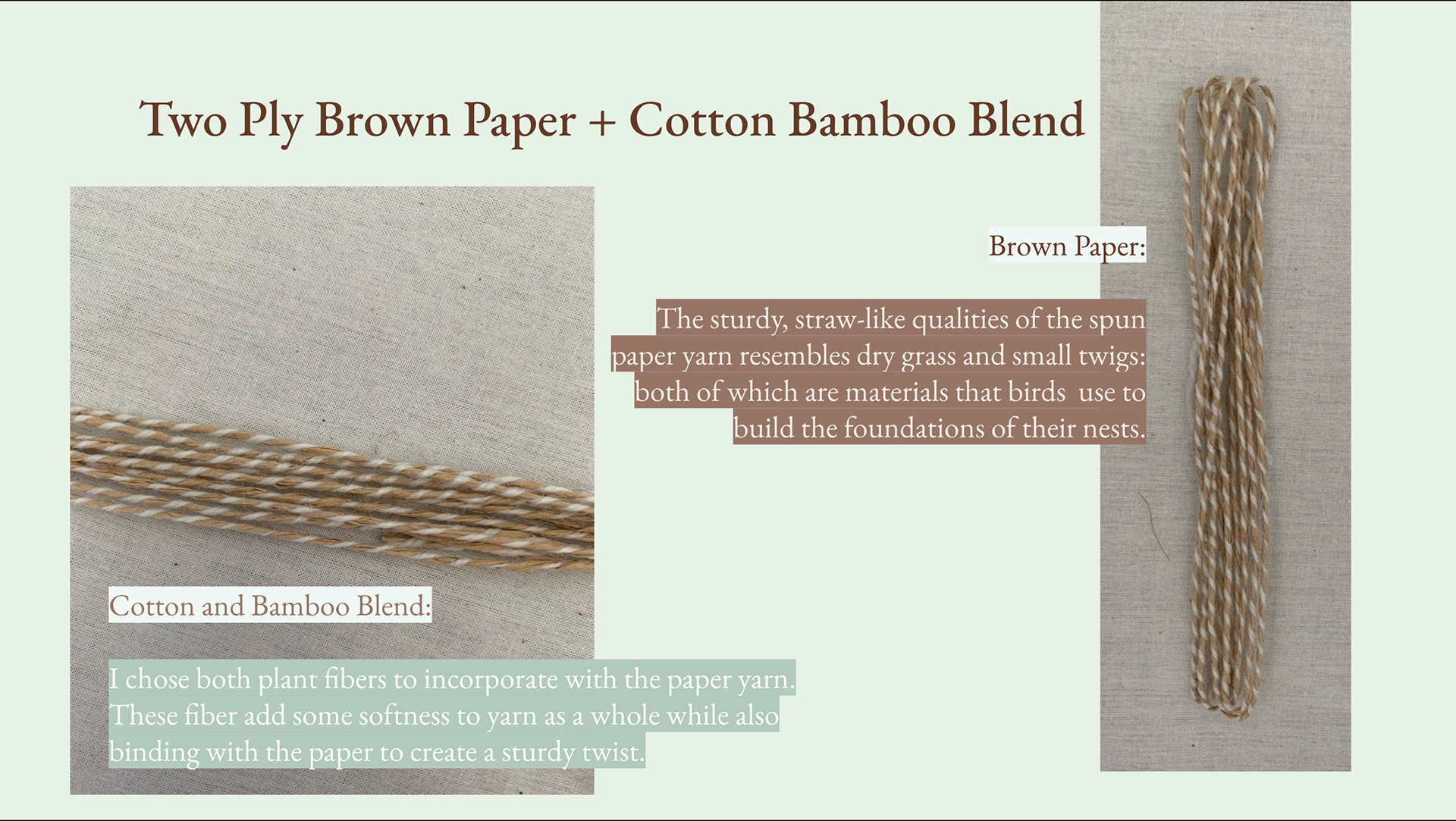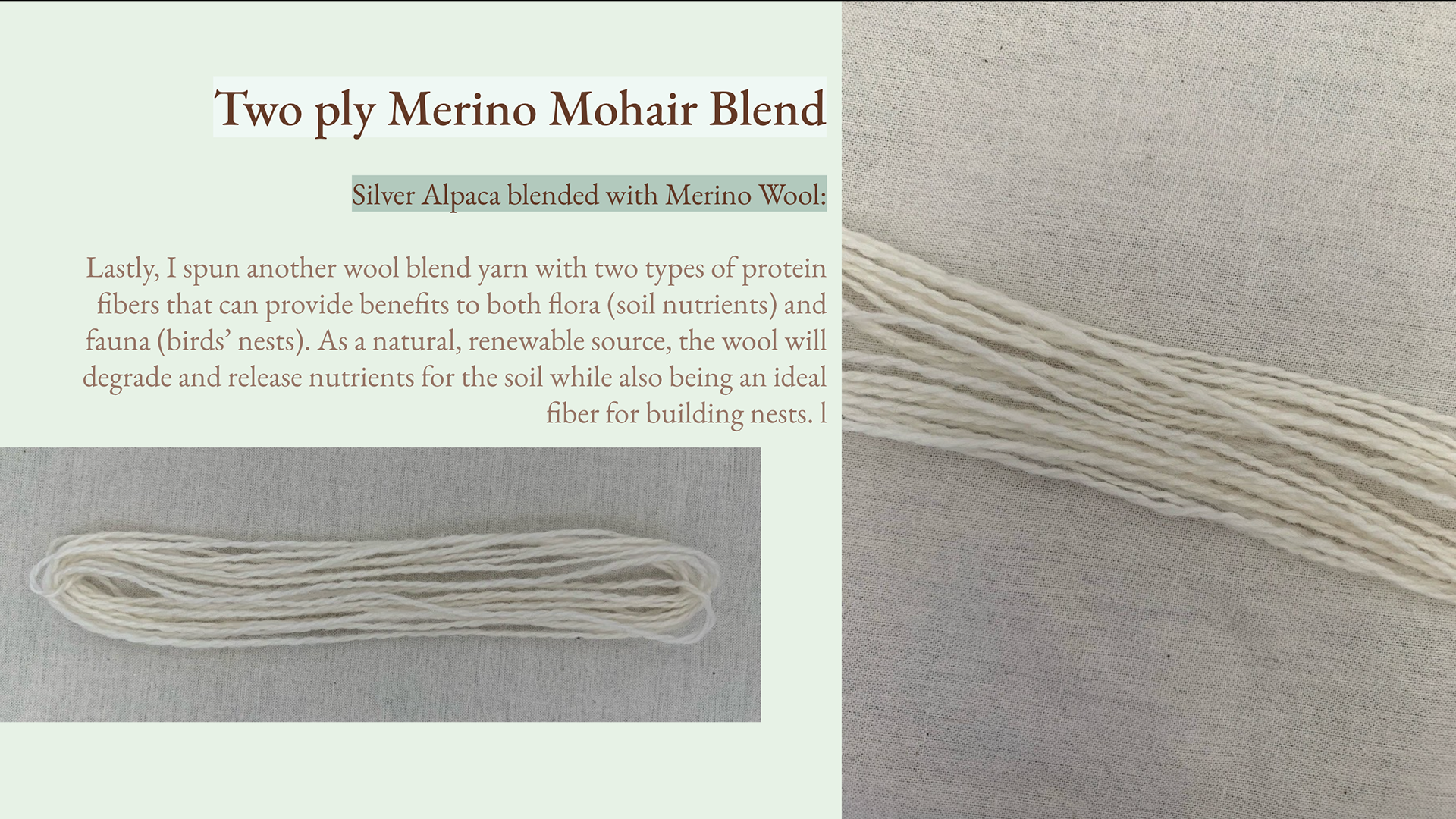undergrowth | fibers and dyeing collection
The concept for my collection was inspired by the the living world beneath your feet. Dull and lifeless at first glance, the forest floor is alive as ever. Thousands of species of flora and fauna populate the moist rich soil of the forest landscape, hidden beneath the undergrowth of shrubs and dirt. I wanted to convey the pops of color and life that exist in woodland. While bright and vivid, they still remain natural and organic, fitting in and seamlessly blending into the landscape.
I used synthetic dyes in order to achieve the lively yet still subtle and organic colors of the fungi that would be difficult to achieve as precisely with natural dyes. Because I was inspired by the natural world I tried to be mindful about the amount of chemicals and dye I was using. For this reason I chose to use low immersion baths and direct application when possible to decrease waste.
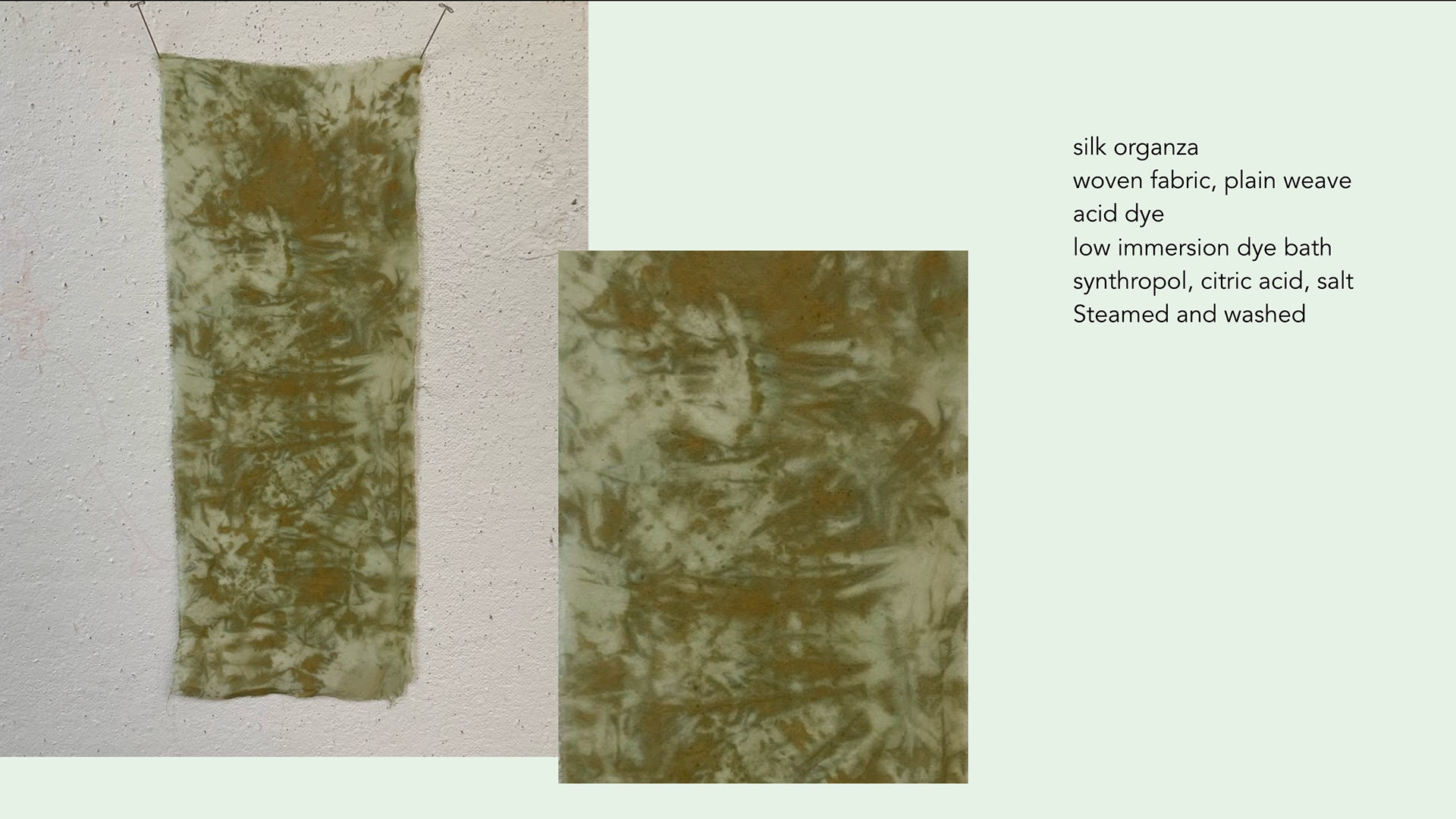
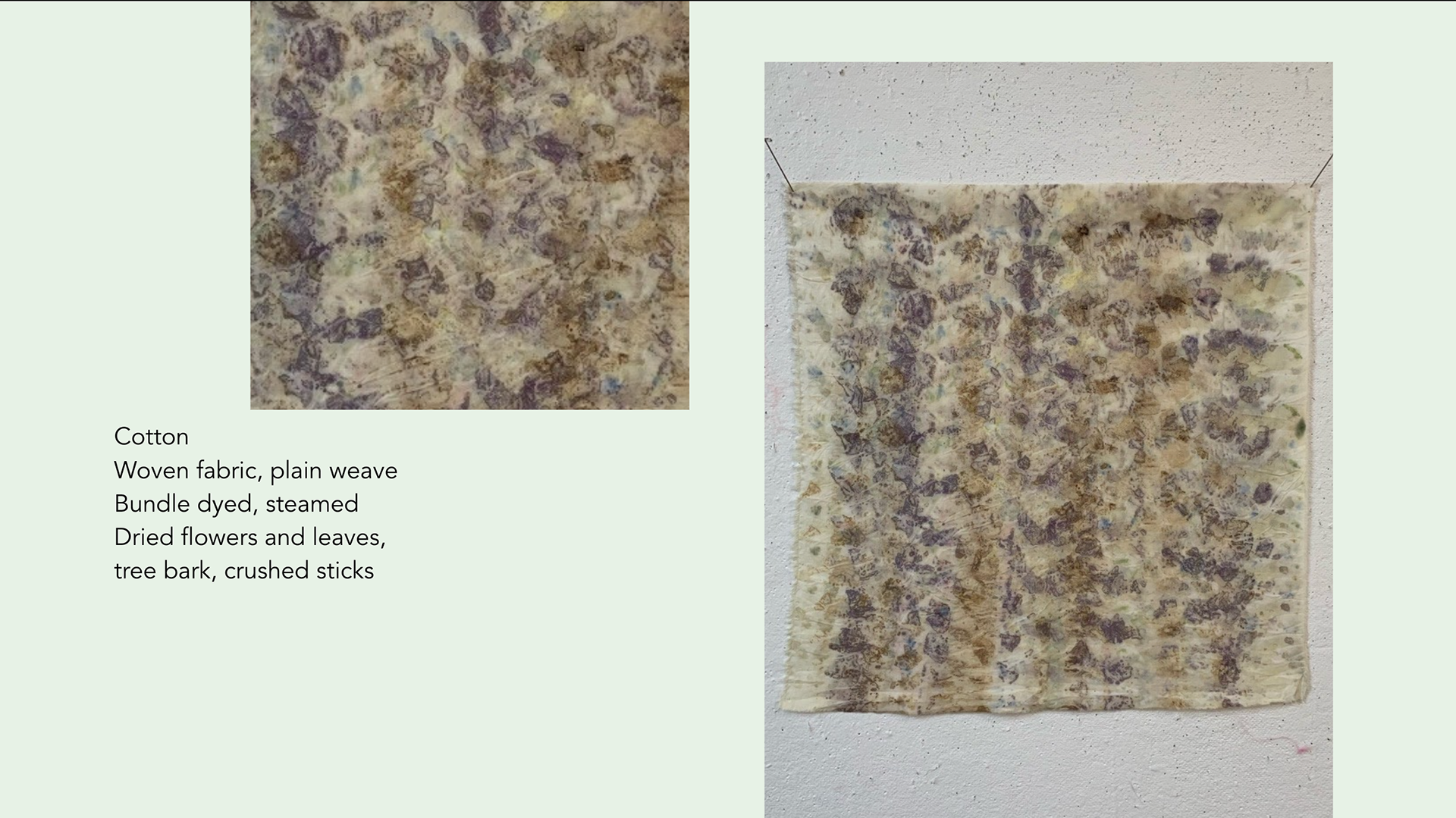

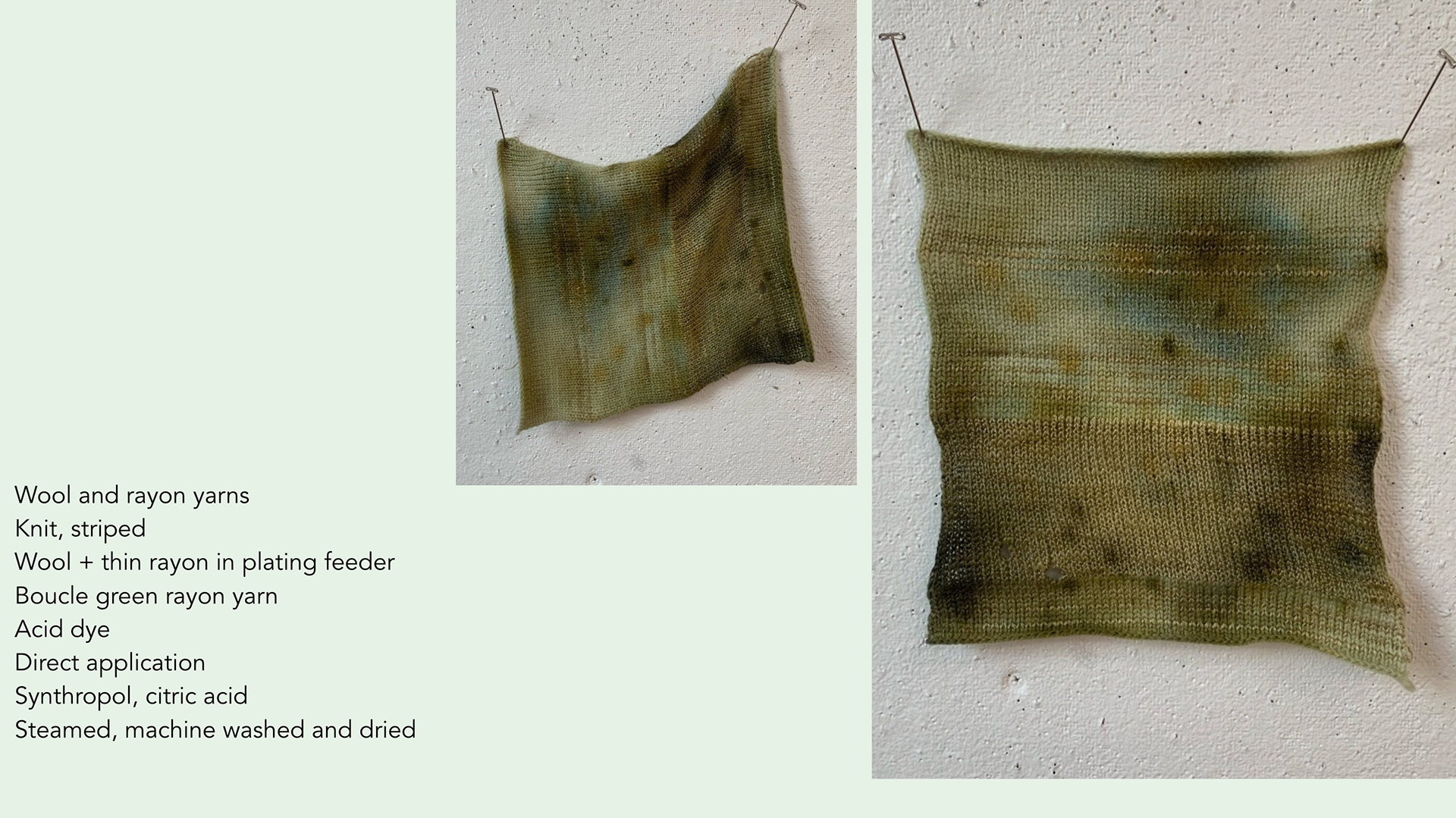
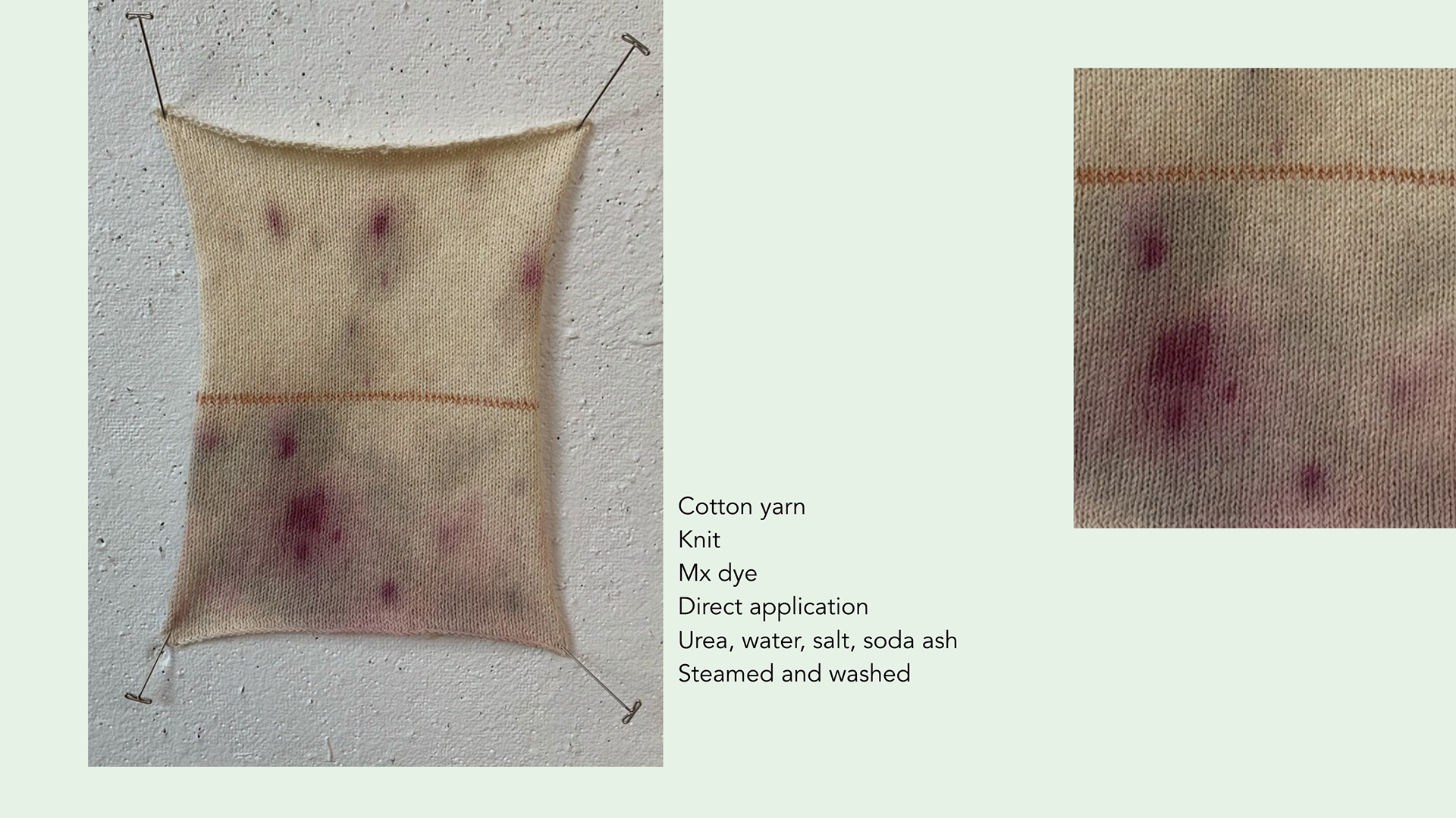
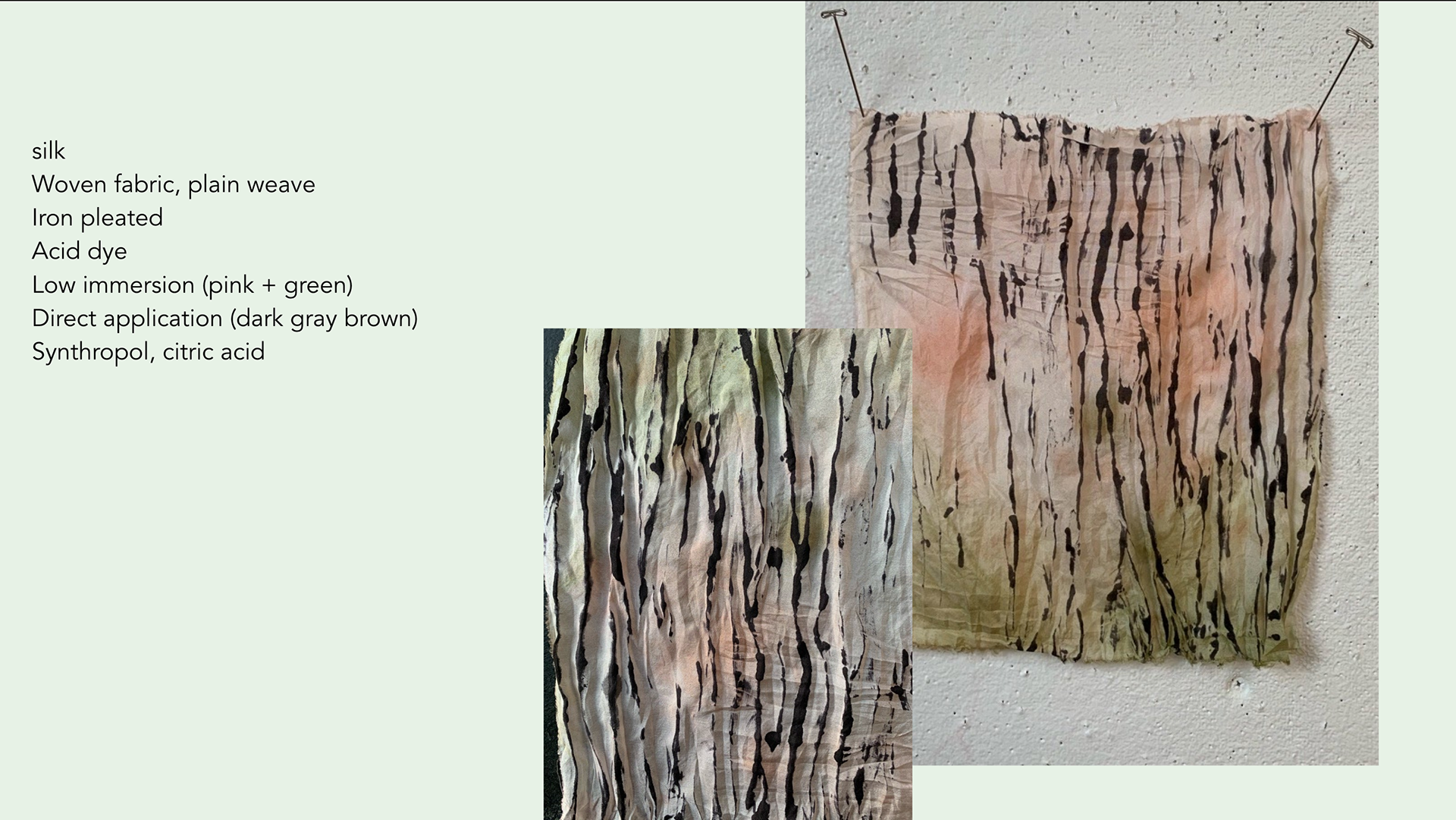
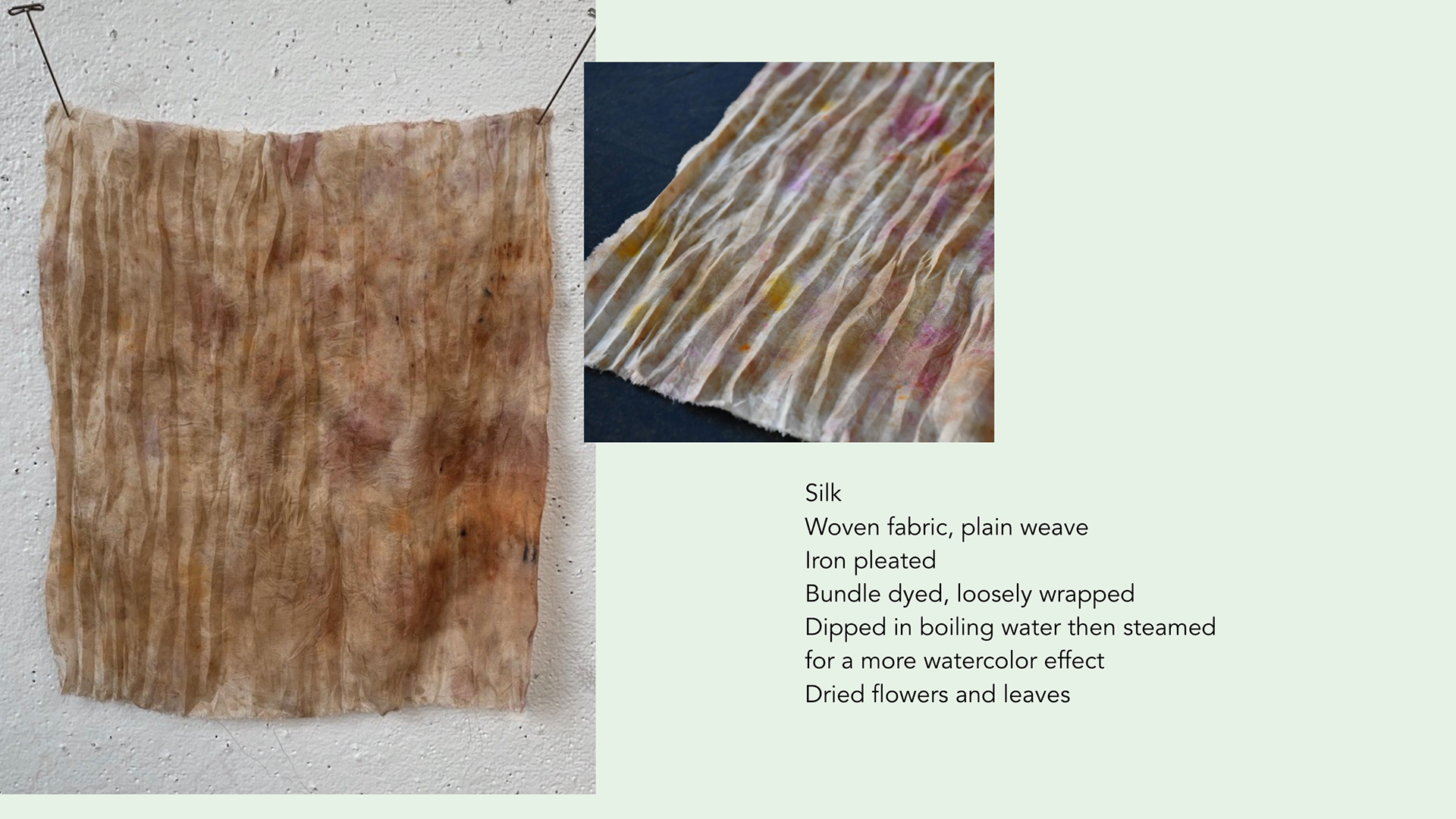


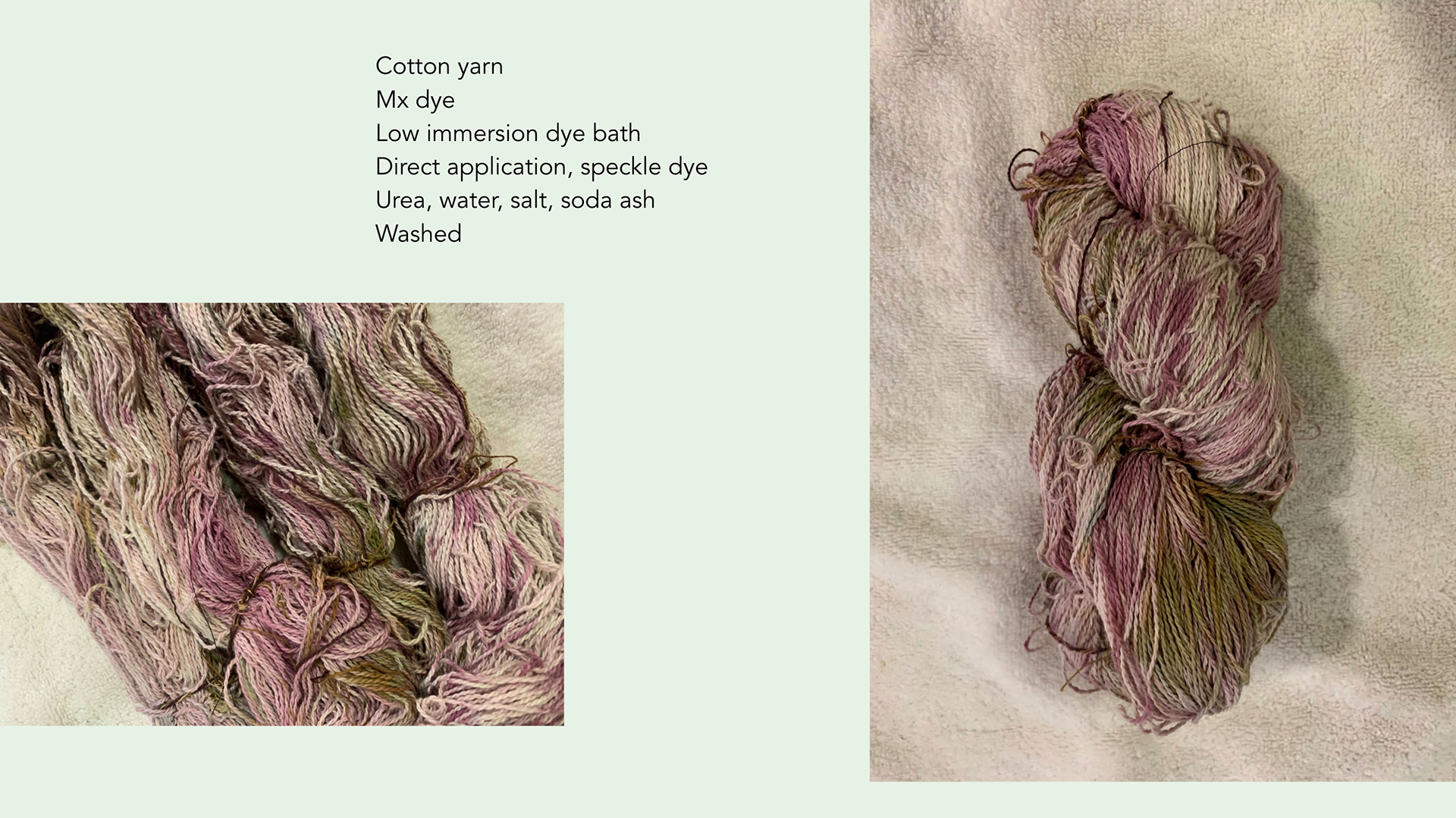
application
I imagine these fabrics to be hung and nestled into a forest landscape as an installation piece. Hidden behind vines or under tree trunks or covered in moss, almost blending into the earth with just bits of color barely visible, representing the hidden life on the forest floor.
However, these installations would not be permanent for sustainability reasons. I used synthetic dyes to achieve the precise colors I wanted, lively but subtle and organic, just like the fungi in my concept board. This means that chemicals were used in the dyeing process that could be harmful to nature and organisms that may come across these dyed pieces. I also used some synthetic yarns like rayon, that wouldn’t be able to biodegrade. I also used mostly natural fibers (except for one instance using rayon yarn to contrast the wool yarn in its ability to take dye and its appearance after washing and drying).
spun fibers | assignment one
second life | fiber collection
My concept for this collection of yarn places and emphasis on how these yarns can be used once they have been discarded or left behind to decompose. My experiments yielded a collection of yarns spun with seeds and paper and yarns made of optimal fibers to be used for bird nests.
